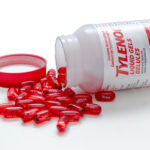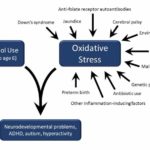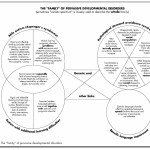This gallery contains 2 photos.
European Journal of Epidemiology, 2021 Oct;36(10):993-1004 When babies are given their first vaccines, parents are usually advised to give them Tylenol to prevent and/or treat fevers that frequently follow a vaccination. When moms-to-be are urged to get flu shots and/or … Continue reading







































